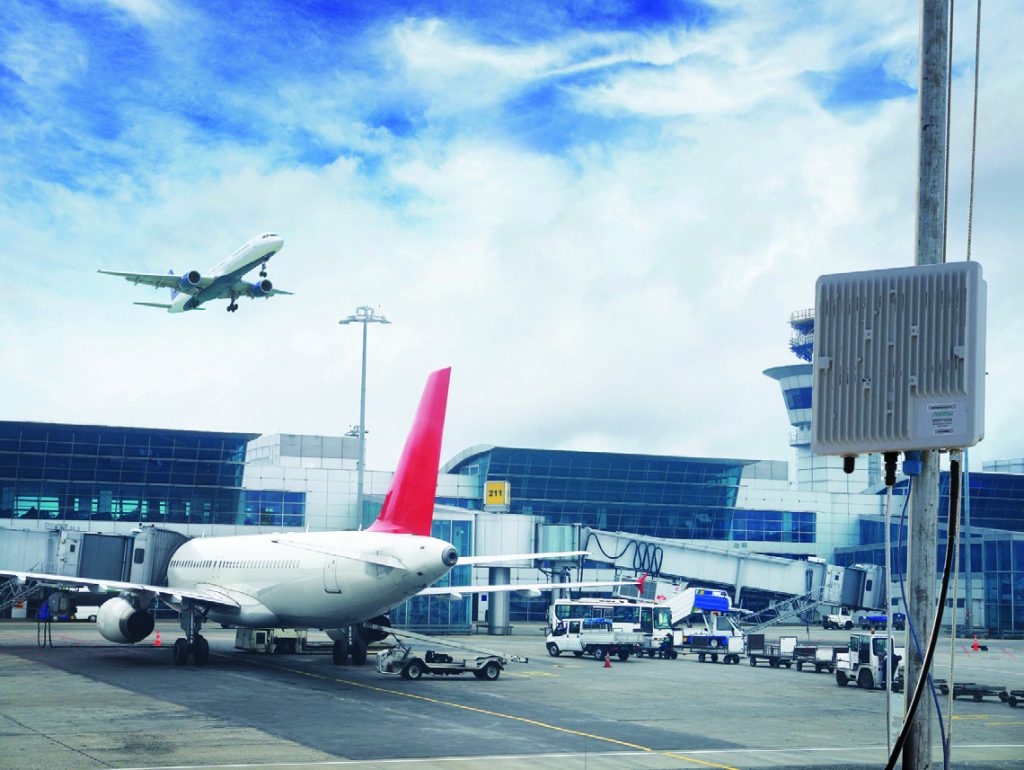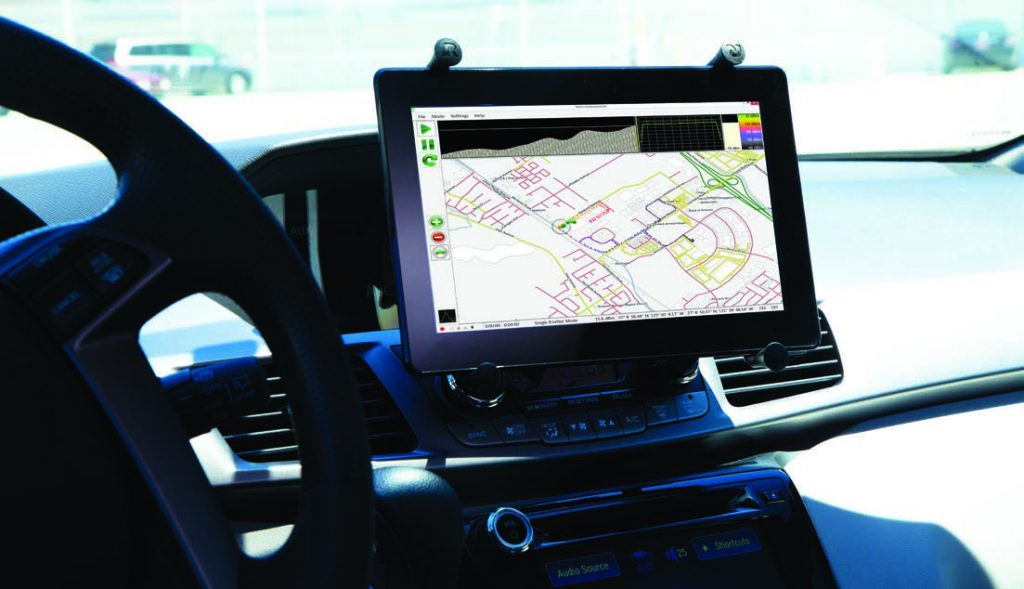Wireless Services Provided
Adtell Integration is proud to provide wireless and RF testing as a part of their testing services portfolio.
Spectrum Monitoring
With the rapid expansion of wireless communications, the need for robust networks relatively free of interference continues to grow. Capacity will be degraded by the presence of illegal or unlicensed signals that interfere with needed transmissions. These signals can be periodic or present at different frequencies over time, making the discovery and removal of these sources of interference a significant challenge. A spectrum monitoring system will facilitate the identification and removal of illegal or unlicensed interference signals. By monitoring spectrum on a continual basis, problem signals can be identified as they occur in real time. Patterns of unwanted signal activity can also be examined, providing an efficient way to characterize and locate the source of the interference problem.
In addition to interference detection, spectrum monitoring is also used to characterize spectrum occupancy. Government regulators and operators are often interested in determining the usage rate for various frequency bands. Monitoring these frequencies provides the information needed to optimize spectrum for maximum utilization. Spectrum can be re-purposed for other applications or multiplexed with other signals using cognitive radio techniques.
 Spectrum monitoring can also serve to enforce compliance with government regulations. Police, fire fighters, air traffic control, military and emergency services must all have access to communications free of impediments and distortion. Compliance with spectrum regulations is often enforced by spectrum monitoring. PTC is being deployed worldwide to provide automated signaling for train control. The MS27103A can also be used inside the train to insure wireless integrity.
Spectrum monitoring can also serve to enforce compliance with government regulations. Police, fire fighters, air traffic control, military and emergency services must all have access to communications free of impediments and distortion. Compliance with spectrum regulations is often enforced by spectrum monitoring. PTC is being deployed worldwide to provide automated signaling for train control. The MS27103A can also be used inside the train to insure wireless integrity.
RF Testing
 The implementation of 4G LTE and the race to 5G cellular networks is upon us. Massive network densification is required to support the surge in demand for mobile data and support of the Internet of Things (IoT).
The implementation of 4G LTE and the race to 5G cellular networks is upon us. Massive network densification is required to support the surge in demand for mobile data and support of the Internet of Things (IoT).
Historically, development of the mobile network focused on enhancing the radio interface with new modulation schemes, in-building wireless and small cells. Future requirements will only be met if the architecture of the whole network is reconsidered, including radios, baseband, fronthaul/backhaul transport and core networks.
C-RAN networks bring baseband units together into BBU Hotels, and implement network functions in software on standard IT platforms to enable the virtualization of the network. This network function virtualization (NFV) will enable significant benefits in lower energy costs, greater network resilience and dynamic allocation of network resources with time.
Interference Hunting
 Interference from both illegal and unintentional signals is a significant problem for mobile service providers, security services and government regulators. Interference can often degrade network performance, causing critical communications to be interrupted. Locating these sources of interference has traditionally been labor intensive and time consuming. Traditional methods include manually making numerous measurements from multiple locations using a directional antenna. Triangulation is then used to approximate the signal location. This process is then iterated a number of times until the interferer is precisely located.
Interference from both illegal and unintentional signals is a significant problem for mobile service providers, security services and government regulators. Interference can often degrade network performance, causing critical communications to be interrupted. Locating these sources of interference has traditionally been labor intensive and time consuming. Traditional methods include manually making numerous measurements from multiple locations using a directional antenna. Triangulation is then used to approximate the signal location. This process is then iterated a number of times until the interferer is precisely located.



